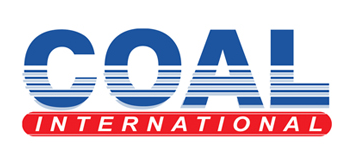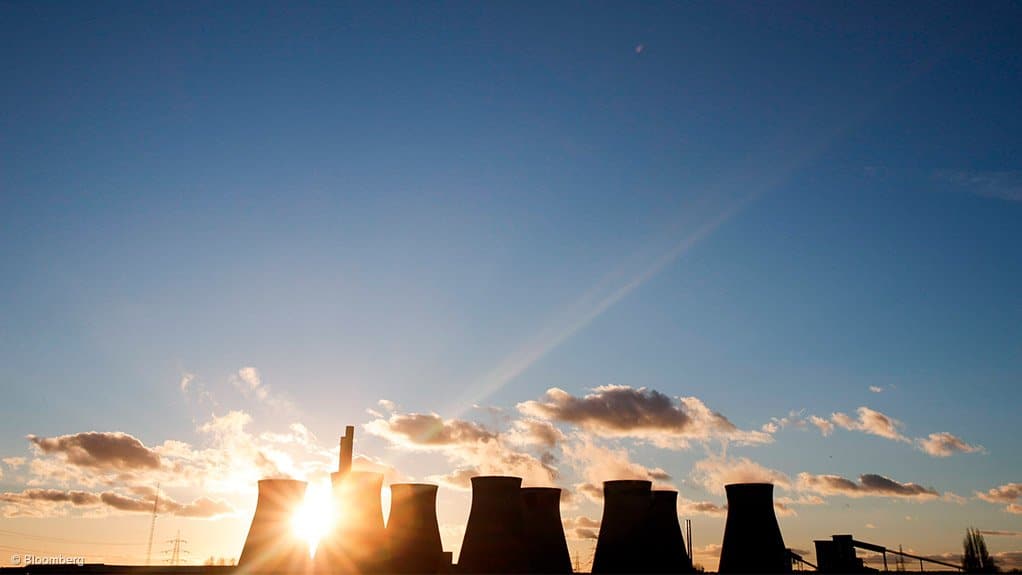Global banks channeled more than $385-billion to the coal power industry over the past three years, with annual flows increasing last year from 2023, according to analysis by a group of nonprofits.
At the COP26 climate summit in Glasgow in 2021, almost 200 governments agreed to phase down coal and many of the world’s largest commercial banks committed to decarbonize their portfolios. Four years on, those pledges have failed to make a dent on financial flows.
“It’s as if Glasgow never happened,” said Katrin Ganswindt, financial research director at Urgewald, a German nonprofit that co-authored the analysis.
Coal, the world’s most-polluting energy source, powers over two-thirds of the world’s electricity generation, according to the International Energy Agency. If coal power plants continue to operate as they are, that alone would push the world past the Paris Agreement target of limiting global warming to 1.5 °C.
While the pipeline of new coal projects is dwindling, the existing fleet of coal plants isn’t, Urgewald reported.
Closing coal plants early is complicated, particularly in developing countries where they’re often just a few years old. As a result, not only do new clean energy sources need to be readily available, financial backers need to be compensated along the way. Meantime, existing efforts to shut plants early have been beset by delays, as well as political and financial hurdles.
Donald Trump’s return to the White House has further buoyed the coal industry. Earlier this year, he signed a raft of measures aimed at expanding the consumption and production of coal inside the US.
Chinese banks are the top providers of coal-related financing, allocating almost $250-billion to the industry between 2022 and 2024, according to Urgewald. US banks are second, led by Bank of America Corp, JPMorgan Chase & Co and Citigroup.
New York-based Jefferies Financial Group has the fastest-growing coal portfolio, having increased its funding by almost 400% in the three-year period, Urgewald reported. In Europe, Barclays and Deutsche Bank issued the most coal finance during that time.
A spokesperson for Deutsche Bank said the firm has reduced its engagement in carbon-intensive sectors over the past ten years and, in 2024, it cut the emissions associated with its lending and investment in the coal mining industry by 42% from 2021 levels.
Spokespersons for JPMorgan and Citigroup declined to comment. Spokespersons for Bank of America, Jefferies and Barclays haven’t responded to requests for comment.
After an initial flurry of action to pare back their financing, some banks have relaxed their coal restrictions in recent years. In late 2023, Bank of America replaced a pledge not to finance new thermal coal mines with a requirement for enhanced checks ahead of doing so. Last year, Sydney-based Macquarie Group loosened its rules around the financing of coal used to make steel.
In all, just 24 of the 99 largest banks globally have a plan to phase out coal finance by 2040, which is the IEA’s climate-safe deadline. Many of those focus solely on coal used to generate electricity and overlook the more-polluting steelmaking coal that they argue is critical for the infrastructure underpinning the energy transition – a distinction that overlooks trading patterns in the market.
There are signs that the reappraisal of coal by some lenders is having an impact, said Barry Tudor, chief executive officer of Australian miner Pembroke Resources.
Between 2020 and 2022, the number of funders willing to finance the miner’s Olive Downs steelmaking coal project in Queensland fell to about three from roughly 20. Now, that’s beginning to reverse.
“Institutions have realised that it’s a little bit more nuanced,” Tudor said.



